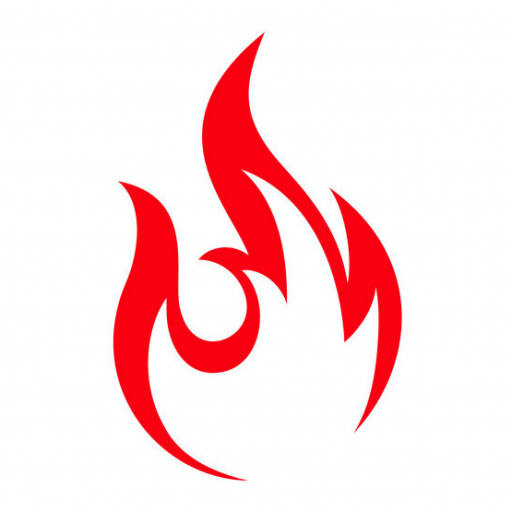Creating a wildfire-safe landscape zone for your property is critical for homeowners located in areas designated as high-fire-risk zones. As we have mentioned in one of our previous articles, this article covers a few additional wildfire safety tips for you to consider before a wildfire occurs.
The Camp Fire in Paradise California stands to be the most destructive wildfire in California history. As noted in the Washington Post article, dated November 12, 2018, a resident of Paradise California, Mr. Weldon survived. Why? Because he looks at steps to lower the risk of home damage.
“The town water system quit a few days into the blaze, and Weldon began pumping water from his aboveground swimming pool into five-gallon buckets. He and a friend, Mick, put sprinklers on the roof, cleaned the gutters, and cleared as much potential fuel away from the house.”
What to do before a wildfire to lower the risk of Home Damage?

Just as Mr. Weldon had taken steps to protect his personal property, by eliminating fuel that would feed a wildfire, consider these tips to protect your home and property.
Home Ignition Zone – 30 ft distance from your home.
- Clear loose combustible materials. Items such as paper, old wood, tree branches, leaves, and needles.
- Cut down and remove any tree branches that are 15 feet or closer to the ground.
- Deck lounge chair cushions can be a hazard. Remove them from the outdoor area and place them in storage.
- Clean all roof gutters of any debris.
- For landscape ground cover, the use of crushed rock or gravel instead of wood chips is a good alternative.
Defensible Space Zone – From 30 ft to 100 ft distance out from your home.
- Clear any low-to-ground combustible vegetation.
- Cut down and remove any tree branches that are 8 feet or closer to the ground.
- If possible, analyze your property and create “fuel breaks” on your property against potential Wildfires. A fuel break can be gravel pathways or driveways. Both with large open spaces or highly trim trees on each side of the pathways and driveway.
Wild Land Fuel Reduction Zone – From 100 ft to 200 ft distance out from your home.
- Thin out any naturally located trees, with far enough space between them that their branches do not touch. The same principle would be applicable to planted trees.
- Stacked any firewood or scrap wood in this zone. The farther away from the house is better.
- Continue to clear low-to-ground combustible vegetation.
Few additional tips
Check your garden water hoses annually. Replace them as they start to crack and deteriorate. Also, make sure they can reach any part of your property or have additional water stub-outs set on your property for quick connection of additional garden water hoses. Additionally, water sources such as swimming pools, ponds, creeks, rivers, lakes, wells, and fire hydrants should have accessible space around or in their path to them. This will allow easy access to these water sources for firefighters.
Prepare in advance an escape plan for your family to use. Even in a densely populated community, know the quickest way out of your community. And if possible, don’t forget to grab your emergency kit. The Hartford Insurance company has a very good checklist for an “Emergency Preparedness Kit” that will sustain and protect you and your family for a few days.

